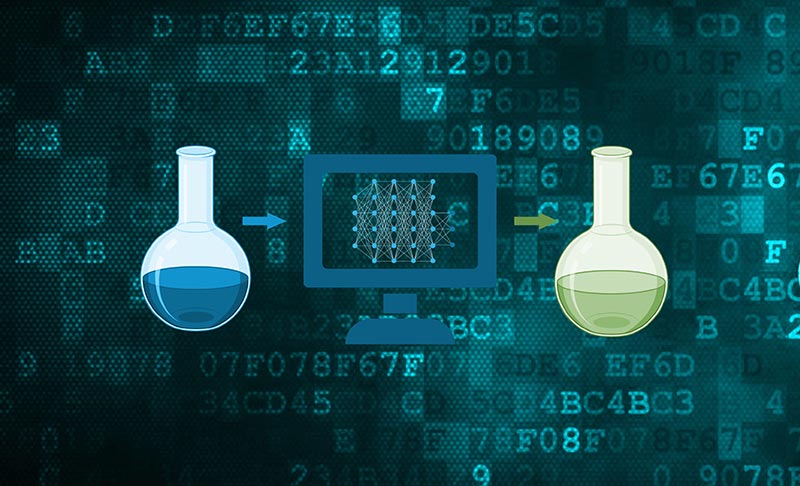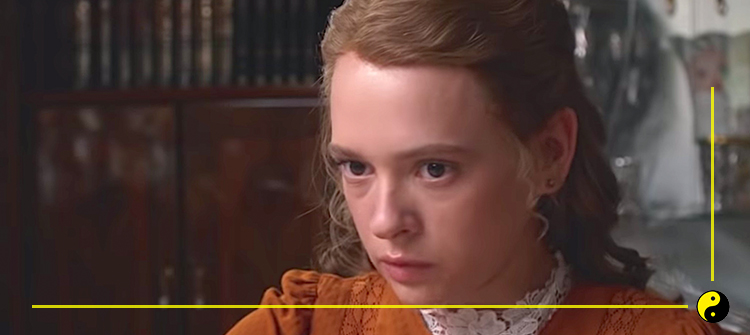Purdue University scientists are using machine learning models to create new options for drug discovery pipelines. Photo credit: Purdue University / Gaurav Chopra
One-step multicomponent reaction with interpretable machine learning innovation to develop a chemical library for drug discovery.
Machine learning has been widely used in the chemical sciences for drug design and other processes.
The models that are prospectively tested for new reaction results and used to improve human understanding to interpret the chemical reactivity decisions made by such models are extremely limited.
Purdue University innovators introduced chemical reactivity flowcharts to help chemists interpret reaction results using statistically robust machine learning models trained on a small number of reactions. The work is published in Bio letters.
“Developing new and rapid reactions is critical to the design of chemical libraries in drug discovery,” said Gaurav Chopra, assistant professor of analytical and physical chemistry at Purdue College of Science. “We have developed a new, rapid one-pot multicomponent reaction (MCR) from N-Sulfonylimines, used as a representative case for generating training data for machine learning models, predicting reaction outcomes, and testing new reactions in a blind prospective manner.
“We expect this work will pave the way for a shift in the current paradigm by developing accurate, human-understandable machine learning models to interpret reaction outcomes that increase the creativity and efficiency of human chemists to generate new chemical reactions discover and improve pipelines for organic chemistry and process chemistry. ”
Chopra said that the Purdue team’s human interpretable approach to machine learning, introduced as chemical reactivity flowcharts, can be extended to study the reactivity of MCRs or chemical reactions. No large-scale robotics is required as these methods can be used by chemists in reaction screening in their laboratories.
“We deliver the first report on a framework that combines rapid synthetic chemistry experiments and quantum chemical calculations to understand the reaction mechanism and human interpretable statistically robust machine learning models to identify chemical patterns for the prediction and experimental testing of heterogeneous reactivity of N-Sulfonylimines, ”said Chopra.
This work is in line with other innovations and research from Chopra’s laboratories, whose team members are working with the Purdue Research Foundation’s Office of Technology Commercialization to patent numerous technologies.
“The unprecedented use of a machine learning model in building chemical reactivity flowcharts has helped us understand the reactivity of different models traditionally used N.-Sulfonylimines in MCRs, ”said Krupal Jethava, a postdoctoral fellow in Chopra’s laboratory who co-authored the paper. “We believe that working with organic and computational chemists in the future will open up a new way of solving complex chemical reactivity problems for other reactions.”
Chopra said the Purdue researchers hope their work will pave the way for one of many examples that will demonstrate the power of machine learning for developing new synthetic methods for drug design and beyond in the future.
“In this work, we have tried to ensure that our machine learning model is easily understandable for chemists who are new to the field,” said Jonathan Fine, a former Purdue PhD student who co-authored the work. “We believe that these models can be used not only to predict responses, but also to better understand how a particular response will occur. To demonstrate this, we used our model to run additional substrates and test if a reaction will take place. ”
Reference: “Accelerated reactivity mechanism and interpretable machine learning model of N-sulfonylimines for fast multicomponent reactions” by Krupal P. Jethava, Jonathan Fine, Yingqi Chen, Ahad Hossain and Gaurav Chopra, October 19, 2020, Bio letters.
DOI: 10.1021 / acs.orglett.0c03083
Via the Technology Commercialization Office of the Purdue Research Foundation
The Purdue Research Foundation’s Office of Technology Commercialization operates one of the most comprehensive technology transfer programs among leading research universities in the United States. The services provided by this office support Purdue University’s economic development initiatives and advance the university’s academic activities through the commercialization, licensing, and protection of Purdue intellectual property. The office recently moved to the Convergence Center for Innovation and Collaboration in the Discovery Park District adjacent to the Purdue campus. In fiscal 2020, the office reported 148 closed deals with 225 technologies signed, 408 disclosures received, and 180 US patents issued. The office is administered by the Purdue Research Foundation, which received the 2019 Association of Public and Land-Grant Universities University Award for Innovation and Economic Wealth for its place. In 2020, the IPWatchdog Institute was ranked third nationwide in Purdue for startups creation and top 20 in patents. The Purdue Research Foundation is a private, not-for-profit foundation established to advance Purdue University’s mission.
About Purdue University
Purdue University is a leading public research institution developing practical solutions to today’s toughest challenges. Purdue has been ranked the No. 5 Most Innovative Universities in the United States by US News & World Report, delivering modified research and discoveries worldwide that are out of this world. Purdue is committed to hands-on and online learning in the real world, providing transformative education to all. Purdue is committed to affordability and accessibility and has frozen tuition and most fees for the 2012-2013 period, allowing more students than ever to graduate debt-free.



